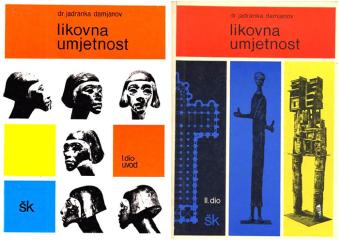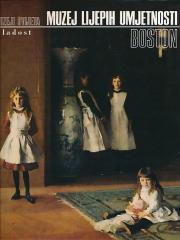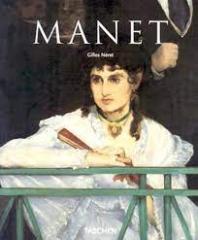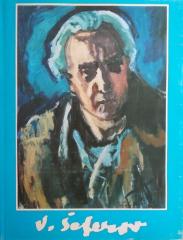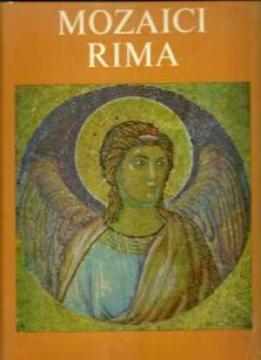
Mozaici Rima – od trećeg do četrnaestog veka
The mosaics executed in Rome in the period from the 3rd century to the Renaissance belong to the masterpieces of late classicism and medieval art.
Some of those mosaics, such as Giotto's famous Navicella, were created by artists who successfully expressed themselves in other mediums, but most, including the most beautiful ones, were created by artists whose names are unknown.
Determining the authorship and original style is made even more difficult by the fact that the mosaics often had to be restored or replaced due to damage or reconstruction of the building in which they were located. The examination of their authenticity and independence from the influence of the Byzantine tradition is the subject of this book. Since the answers to these questions must largely include their style and technique, the author first describes how they were made and from which materials; what methods were used by the restorers and to what extent they preserved or changed the original idea of the author. Then he describes individual mosaics in detail, showing the development of style and iconography. The analyzes and conclusions drawn by the author are interesting and very significant. He shows not only how the old Roman tradition of realistic portraiture was maintained until the 9th century, but also how Roman mosaics preserved within themselves a Western tradition that was not a provincial offshoot of Byzantine art as previously assumed.
Walter Oakeshott, a distinguished art historian, is known for his works: Classical Inspirations in Medieval Art and The Illuminators of the Vincentian Bible.
One copy is available
- Traces of patina
- The cover is missing
